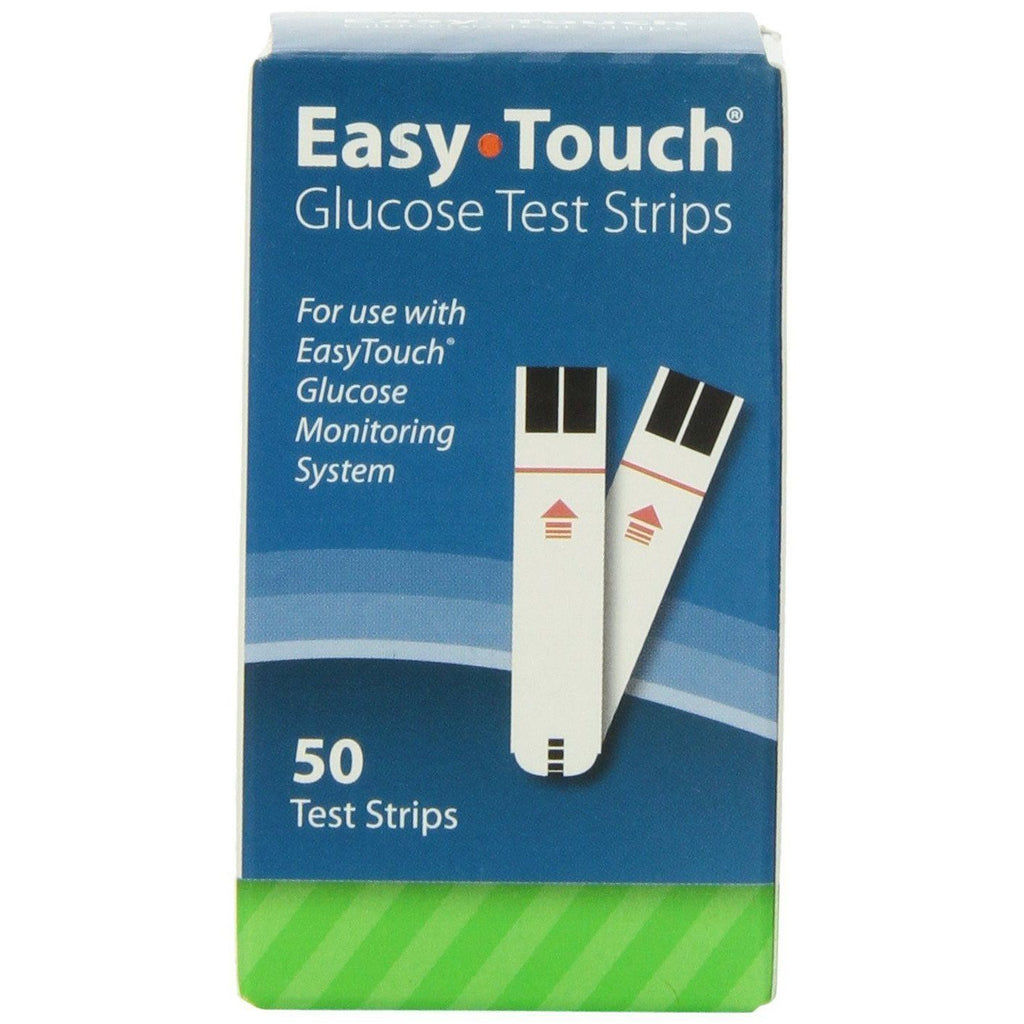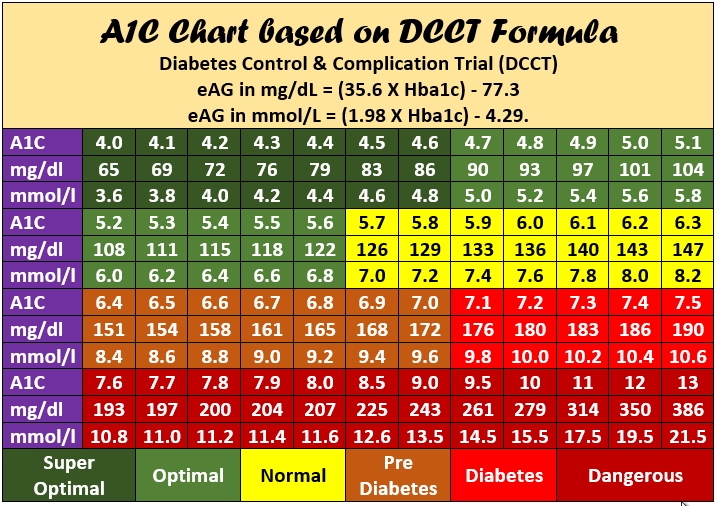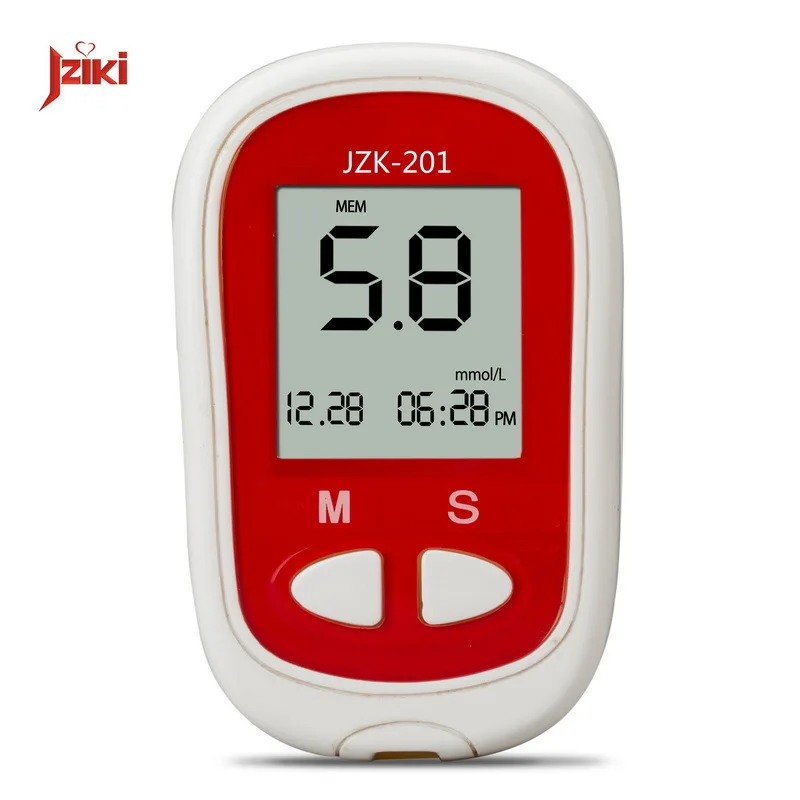Table of Content
- Can diabetes come on suddenly?
- Diabetes Home Tests Explained
- Home testing vs. medical testing
- Get Started With Blood Sugar Testing Today
- Touch The Blood Glucose Test Strip To The Blood Drop
- How to Check Blood Sugar Without a Meter
- Ways To Record And Track Your Blood Sugar Test Results
- What Are The Early Signs Of Type 2 Diabetes
By keeping track of blood glucose, you can discover problems in your current diabetes care. Your doctor will help you decide if you need to test your blood sugar at home. If you do, they’ll work out how often you should test and at what times of the day. They’ll also tell you what your blood sugar targets are. Brisk walking and swimming are good ways to move more. If you are not active now, ask your health care team about the types and amounts of physical activity that are right for you.

Fruity-smelling breath is a sign of high levels of ketones in someone who already has diabetes. It’s also one of the first symptoms that doctors look for when they check for DKA. Blood glucose meter a finger-prick device is used to draw a drop of blood from your finger, which you put on a special stick. You then use the meter to see how much glucose is in the blood. Because you need to test your sugars more often if you have type 1 diabetes, you may want to look into a continuous glucose monitor rather than a traditional glucometer.
Can diabetes come on suddenly?
This is temporary, though, and you shouldn’t feel any pain thereafter. If you continue to feel pain or discomfort, see your doctor. You'll still need to check your levels throughout the day; continuous glucose monitoring doesn't replace that. It gives your doctor more information about trends that self-checking might not show. The A1C testis a simple blood test that measures your average blood sugar levels over the past 2 or 3 months. The test is done at a lab or your doctor’s office in addition to—not instead of—regular blood sugar testing you do yourself.

Also, it may be more helpful to track your blood sugar in pairs for example, before and after exercise or before and 2 hours after a meal. The A1c test is a simple blood test that shows your average blood sugar levels for the past 2-3 months. An A1c level of 6.5% or higher may mean you have diabetes. Over the years I have heard from many visitors to this site who are contending with unpleasant and often severe symptoms which doctors can't diagnose. F your blood sugar reading remained under 100 mg/dl (5.6 mmol/L) at the one hour test and all the later tests, you have completely normal blood sugar and can stop worrying about it.
Diabetes Home Tests Explained
These numbers, 140 mg/dl at 1 hour and 120 mg/dl at two hours after a meal are what Joslin Diabetes Clinic of Harvard Medical School defines as upward limit of "normal." You do not need a prescription to buy the meter or strips. A blood sugar test measures the amount of sugar in your blood. There are different types to diagnose and track diabetes. A blood glucose chart is essential for tracking your results. Whether you keep track of your readings on paper or electronically, having this information can help you identify patterns and potential problems.

For people who require insulin injections to control their blood sugar, there is an automatic option. Continuous Glucose Monitoring is a system that automatically tests blood sugar about every 5 minutes. This information is sent to an insulin pump that administers the right amount of insulin, depending on the CGM reading.
Home testing vs. medical testing
Don’t eat or drink anything except water after about 10 o’clock the night before. You don’t need to do any special prep before the pregnancy glucose challenge test. The A1C goal for most adults with diabetes is between 7% and 8%, but your goal may be different depending on your age, other health conditions, medicines you’re taking, and other factors. Work with your doctor to establish a personal A1C goal for you. A glucometer measures the amount of sugar in a small drop of your blood.

A fasting glucose test is a test of your blood sugar levels taken in the morning before you have eaten. A level of 126 mg/dL or higher may mean that you have diabetes. If you suspect that you have impaired glucose tolerance, don't ignore it. Keep this up, and in another five or ten years you'll be one of those people with "newly diagnosed" diabetes who have serious, established, possibly irreversible long-term complications. But if your blood sugar levels are still too high, then your body may overreact to the glucose by releasing a hormone called glucagon.
This information will help your doctor track your blood sugar and can be important when diagnosing whats causing your blood sugar to spike. Were able to lower blood sugar safely with this technology, said Bailey, director of the Advanced Metabolic Care and Research Institute in California. He receives consulting fees from various diabetes device makers. When testing on the finger, use the side of the finger, and test different fingers on each occasion.
A continuous glucose monitor, or CGM, comes as a sensor, which is to be placed on your skin , with a patch on top to protect it. Blood sugar less than 100 mg/dl after fasting for at least eight hours is a normal range. Your levels should be less than 140 mg/dl two hours after eating.
We all would like to do what we can to avoid diabetes. Understanding which diabetes risk factors are modifiable and which might be genetic (non-modifiable) will help you make healthier choices and live longer. How often you check your blood sugar depends on the type of diabetesyou have and if you take any diabetes medicines. Soon after, I heard the news to blood sugar fast of his how do i check my a1c promotion. My friend s affairs made me think that learning to listen to the boss s secret words is diabetes medications cause weight loss lowering really a learning. Your doctor may also suggest a zinc transporter 8 autoantibody test.

Choose fruits and vegetables, beans, whole grains, chicken or turkey without the skin, fish, lean meats, and nonfat or low-fat milk and cheese. Choose foods that are lower in calories, saturated fat, trans fat, sugar, and salt. Learn more about eating, diet, and nutrition with diabetes.
Usually, the patch stays attached, and the device measures your glucose levels every 15 minutesâeven as you sleep. It gives you 24/7 data on how your glucose levels fluctuate as you eat, sleep, and do your daily activities. Remember to scan your deceive to receive the data or that data will be lost. How exercise, diet, stress, and being ill affect your blood sugar levels.

Urine testing for glucose levels is rarely done anymore, as better methods have become available. This type of testing involves using a dipstick to measure the amount of glucose present in the urine. While the standard glucometer test measures the amount of glucose attached to red blood cells, a CGM measures interstitial glucose levels.

No comments:
Post a Comment